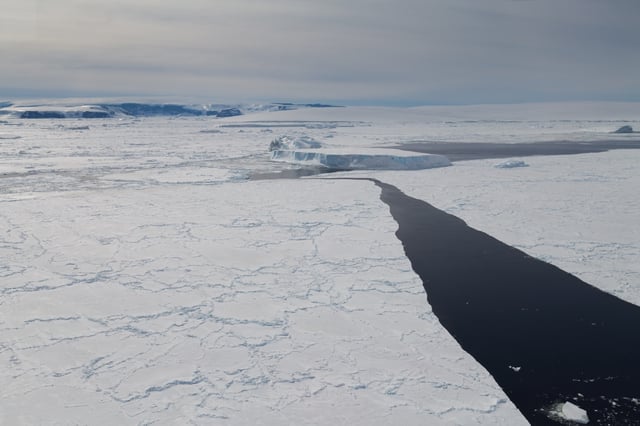Overview
- The Gamburtsev Subglacial Mountains, buried beneath East Antarctica's ice sheet, rival the European Alps in scale and were first detected in 1958 by Soviet scientists using seismic techniques.
- A study published in May 2025 reveals that the range formed during the collision of ancient continents over 500 million years ago, during the assembly of the supercontinent Gondwana.
- Gravitational spreading and deep crustal melting followed the initial uplift, preserving a thick crustal root that stabilized the range beneath the Earth's mantle.
- Zircon geochronology from distant sandstones helped reconstruct the mountains' timeline, with their peak heights reached around 580 million years ago and collapse concluding by 500 million years ago.
- Recent fieldwork near Denman Glacier uncovered surface rocks potentially linked to the Gamburtsev range, offering new opportunities for future geological exploration despite the challenges of drilling through thick ice.

